xianggang food
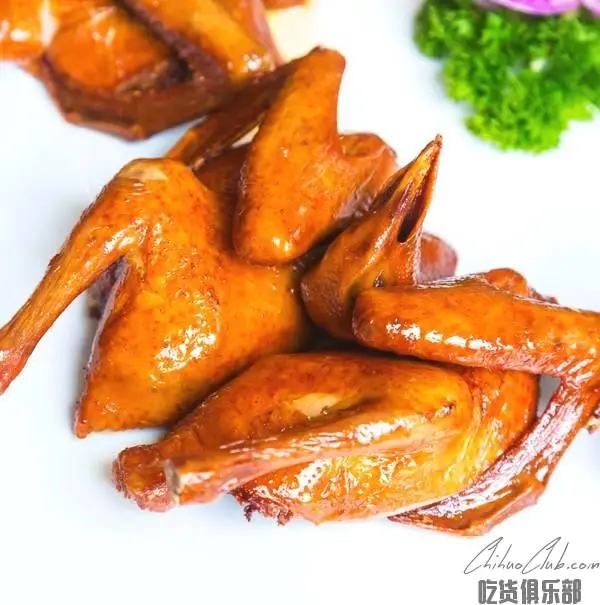
The Tang Palace has a golden pigeon. It is the most unforgettable food. The pigeons are on the table, golden and full of fragrance. This dish has won the "Chinese famous dish", "Shanghai famous dish" and "100 best". The famous dishes such as the top-notch signature dishes, the "baby pigeons" and the "new Shanghai-style popular dishes" are the signature dishes of Tang Palace, which are the must-have for every table. In Shanghai, Beijing and Shenzhen, they have repeatedly set up single stores. The daily sales of more than 1,000, the basics of every table must be points, was passed down in the industry as a good story, wherever you go, it is well received, and even more diners can not let go, can not stop.
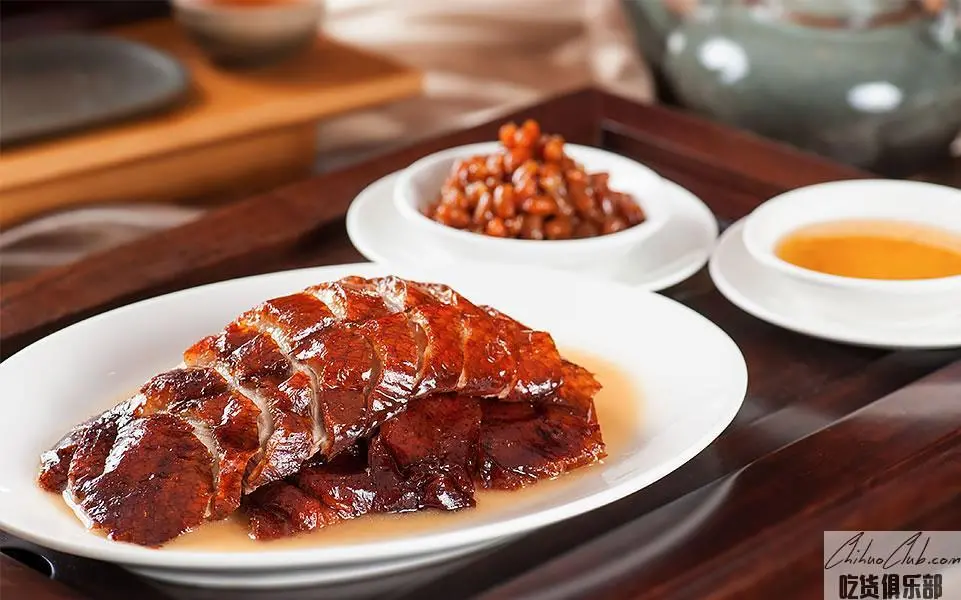
Roast goose is a traditional dish in Guangdong Province and belongs to Cantonese cuisine. The required materials are light goose, salt, allspice, column paste, sugar, sand ginger powder, soy sauce, rice vinegar, maltose, orange red pigment. Hong Kong cuisine is a developed branch of Cantonese cuisine, which in turn affects Cantonese cuisine. Sham Tseng is located in the north-western part of Tsuen Wan, New Territories, Hong Kong. It is located to the west of Ting Kau and east of Tsing Lung Tau. The roast goose produced in the deep well is also quite famous in Hong Kong. Nowadays, when it comes to Cantonese-style roast goose, it is necessary to talk about the deep well roast goose, because the deep goose-style roast goose skin is crispy and tender, and it is not too greasy. It is the leader of the Cantonese-style roast goose.
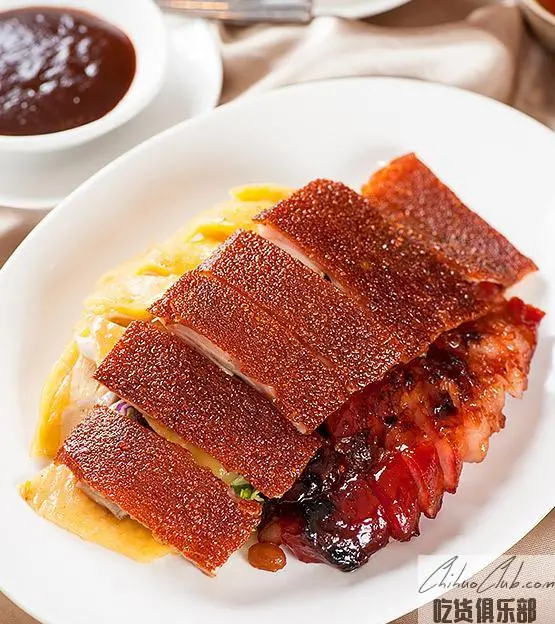
Roast suckling pigs have been listed as one of the "Bazhen" in the Western Zhou Dynasty. Qing Emperor Kangxi was once selected as the court's famous dish. It is now a delicious dish in many famous restaurants in Guangzhou, Hong Kong and Macao, and is well received by domestic and foreign customers. .
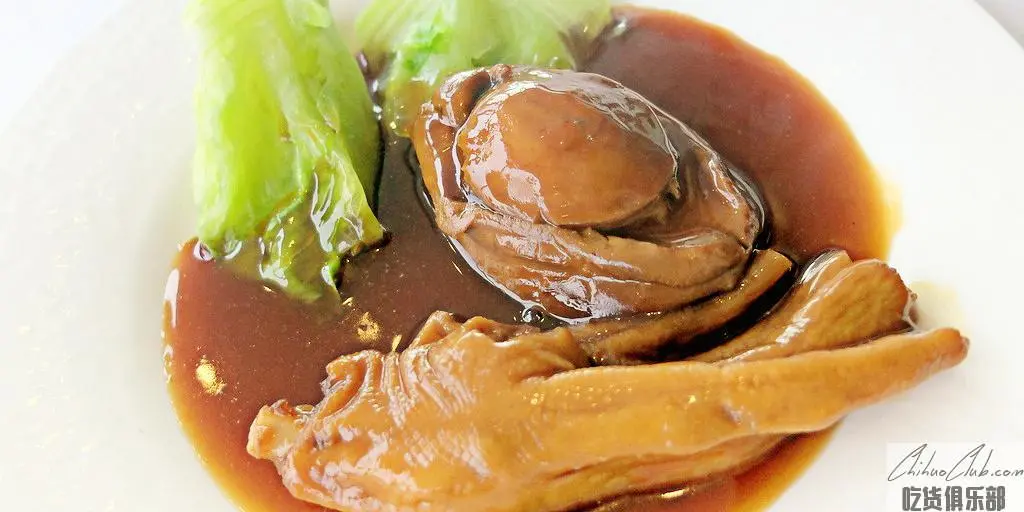
“溏心” means that after the abalone is dried and raised, it is cooked until the center part is sticky and soft. The central part of the abalone is in a non-condensing semi-liquid state. The texture is soft and tough at the entrance, and there is a soft candy. The taste of the mouth, each bite down with a little feeling of sticking teeth, like a rice cake.
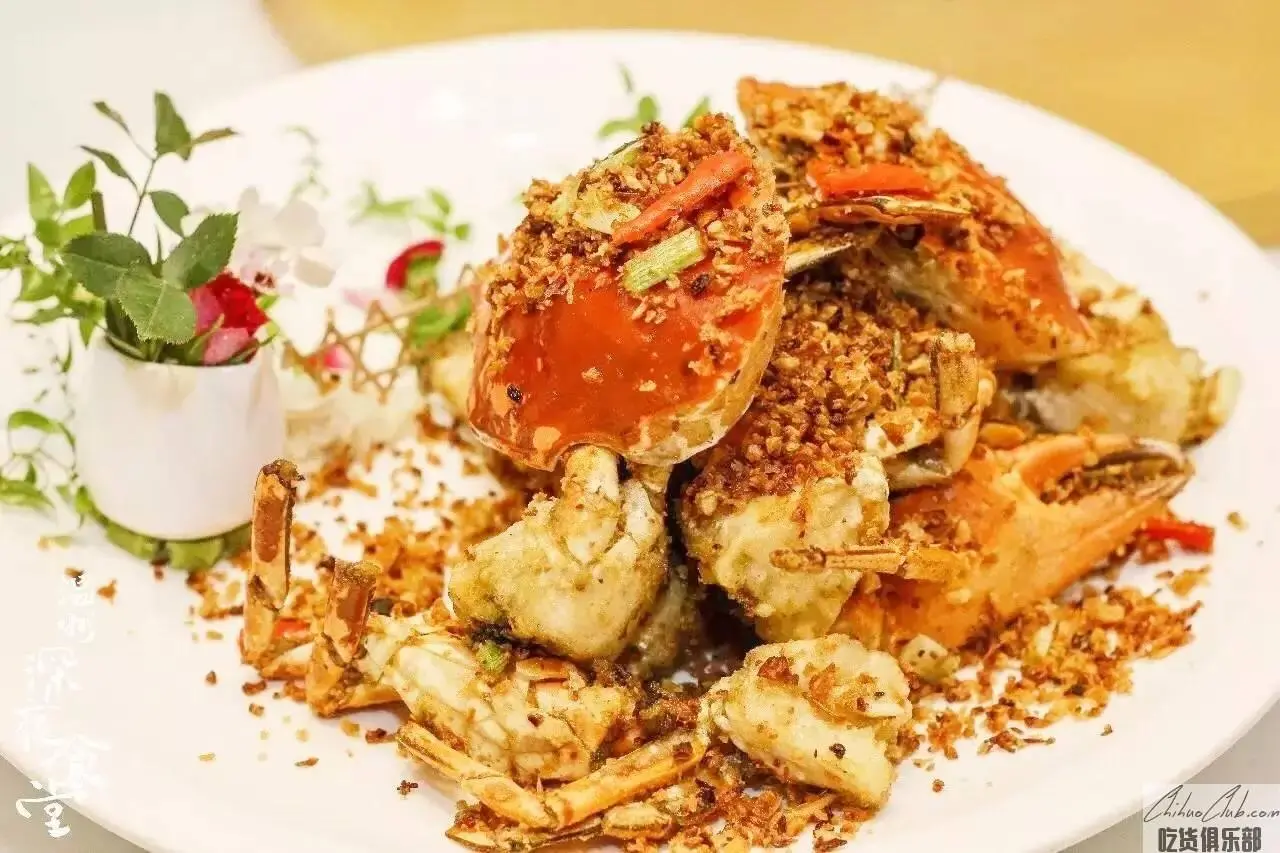
The typhoon-burning crab is one of the top ten classic dishes in Hong Kong. It is a delicious and traditional name and belongs to Cantonese cuisine. Among the recipes of the Cantonese Restaurant, it is a common dish. The essence of the garlic is the unique flavor of the garlic. The special feature of this garlic is that it is sweet and fragrant, brittle and not sturdy. The combination of garlic and spicy and astringent tastes a balance of taste. Cooked with crabs, the taste is harmonious and delicious. The scent of ginger, onion and garlic is soaked in crab meat. The crab pieces are spicy and full-bodied. The wet crab mouth is more fragrant than the dry body, making it more appetizing.
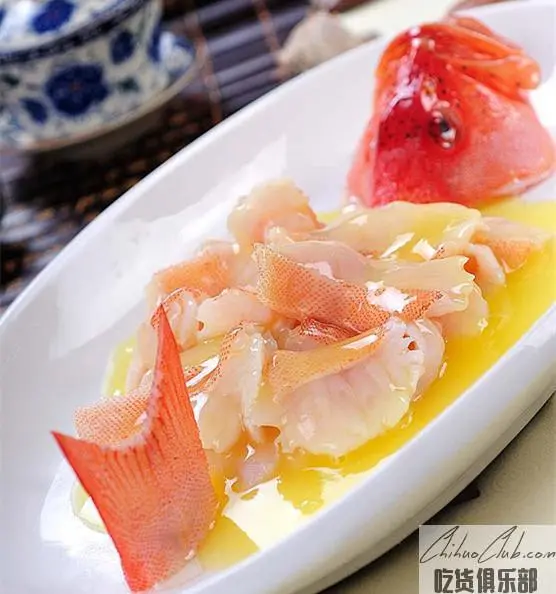
The Eastern Star Spot is a very ferocious predator that swallows any fish it can swallow and also eats shrimp and other crustaceans. Therefore, for the ingredients such as East Star Spot, too much processing is to add a snake, wash and add onion and ginger on the pot, it is a beautiful dish.nEast Star spot can be steamed, Sichuan pepper steamed, there is a fragrant and elegant on the table, letting the index finger move, eat in the mouth, the meat is tender and fresh, smooth and add.
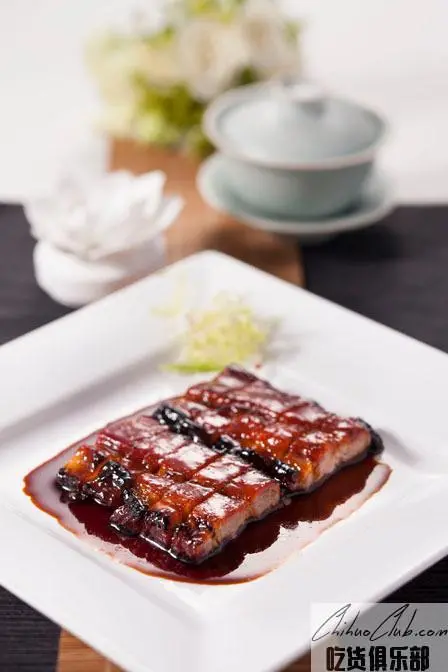
Honey sauce pork roast is one of Hong Kong's top ten classic dishes and one of the traditional dishes of Guangdong Province. It belongs to Cantonese cuisine. "Pork" is developed from "plug-in". It is mainly made from pork (skinny), barbecued pork sauce, oyster sauce, garlic, soy sauce, cooking wine, honey, sugar and peanut oil. Because of a pig, there are only two loin, and people think of the method of burning. The name of the burning fever over time was replaced by a barbecue. It has the functions of nourishing kidney and nourishing blood, nourishing yin and moistening dryness and increasing memory and brain.
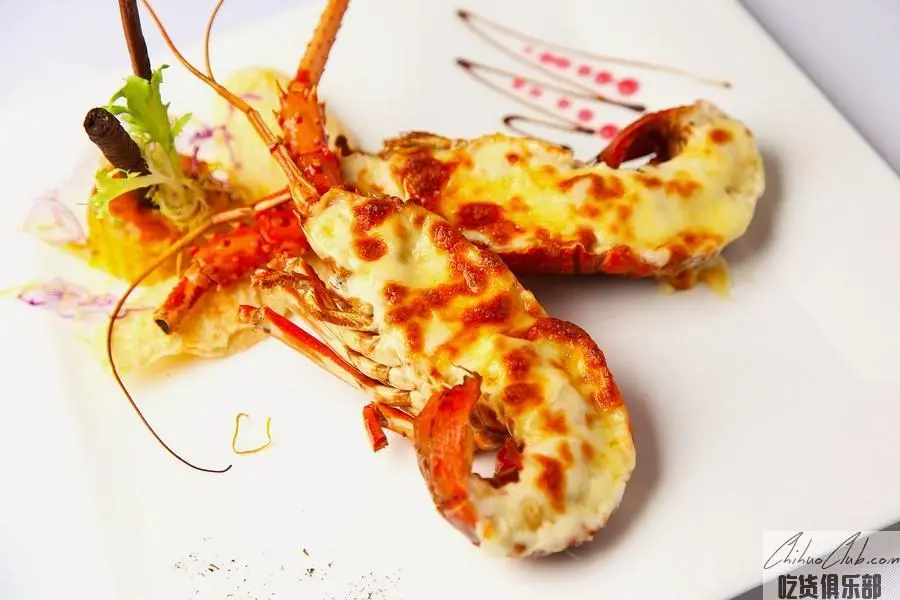
Lobster is a traditional high-end seafood in the Asian region. It is said that the origin of the lobster was in the United States, and later spread to Japan, and then imported timber from Japan to China. Today, there are five types of lobsters, about one hundred and fifty-four, from the United States, Australia, China, and Japan. Hong Kong is a food paradise. There are many cooking methods for lobsters. For example, "Shang Tang lobster", "Cheese lobster", "Lobster sashimi", "Lobster Soup", etc., are all intriguing. The origin of lobster is in the United States. The original scientific name is "K. serrata". The name of "lobster" is the name of the Chinese who is named after the dragon's appearance. It is said to have "lobster".
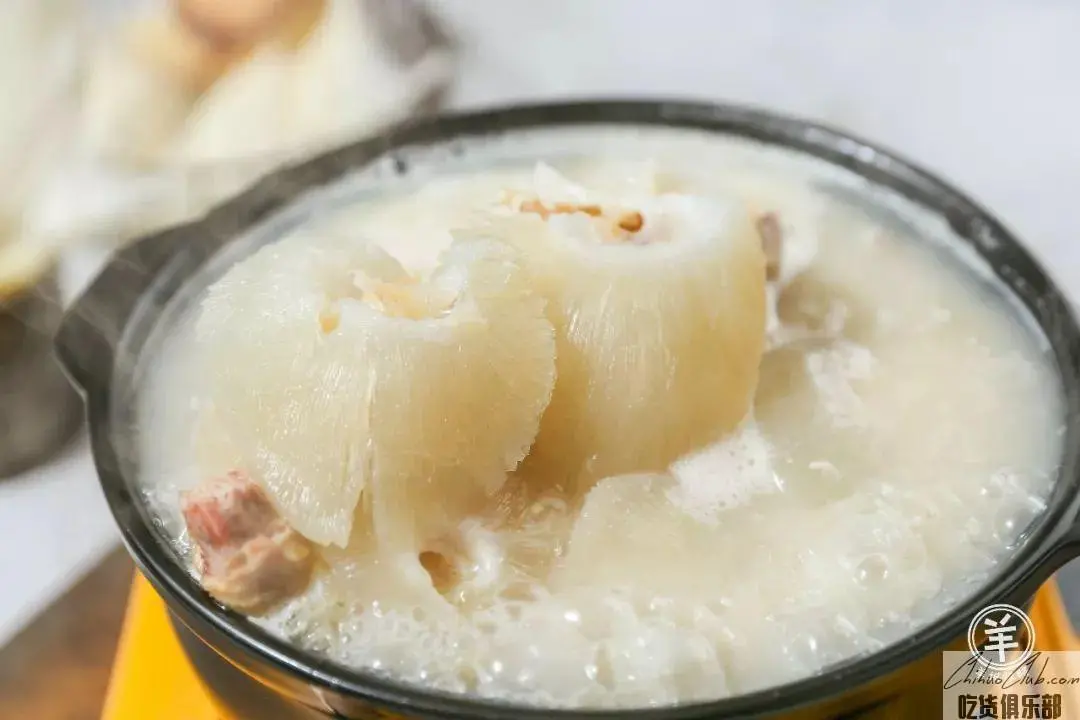
The large scorpion wings are made from farmhouse chicken, golden hooked wings, and ribs and lean pork scallops. The color is translucent and shiny, transparent and sturdy, boiled white and tender as tofu. After the smashing, the needles are still very elastic, the shark's fins are distinct, and the mouth is smooth and refreshing. The chicken in the soup is not ordinary, but the farm chicken that grew up in the valley is used. The flesh is elastic and has a special fresh flavor. Compared with the average chicken, its meat is firmer and has a chewy head! The soup that has been cooked with chicken wings is very delicious and very rich and delicious.
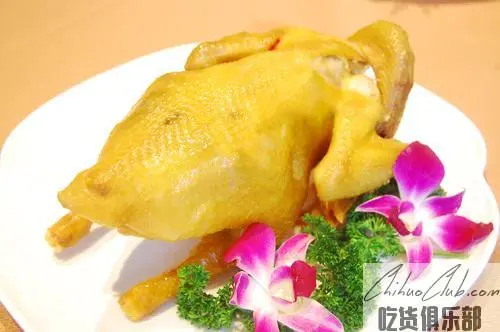
Hakka salted chicken is a traditional Hakka dish, also known as "Grandma Chicken." A long time ago, the Hakkas lived hard, and they only sacrificed chickens when they were on holiday. The grandmother specially left the chicken legs and buried them in the salt piles. After the festival, when the daughter brought her grandson back to her family, she took the chicken legs out of the salt pile to entertain the grandson. The salted chicken legs were salty and delicious. When eating, I drank some Hakka rice wine, which was more flavorful!